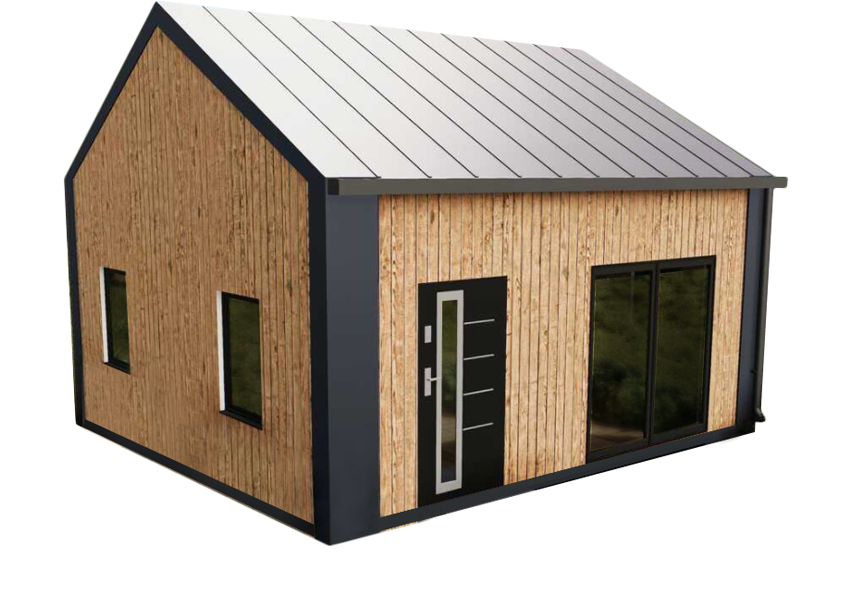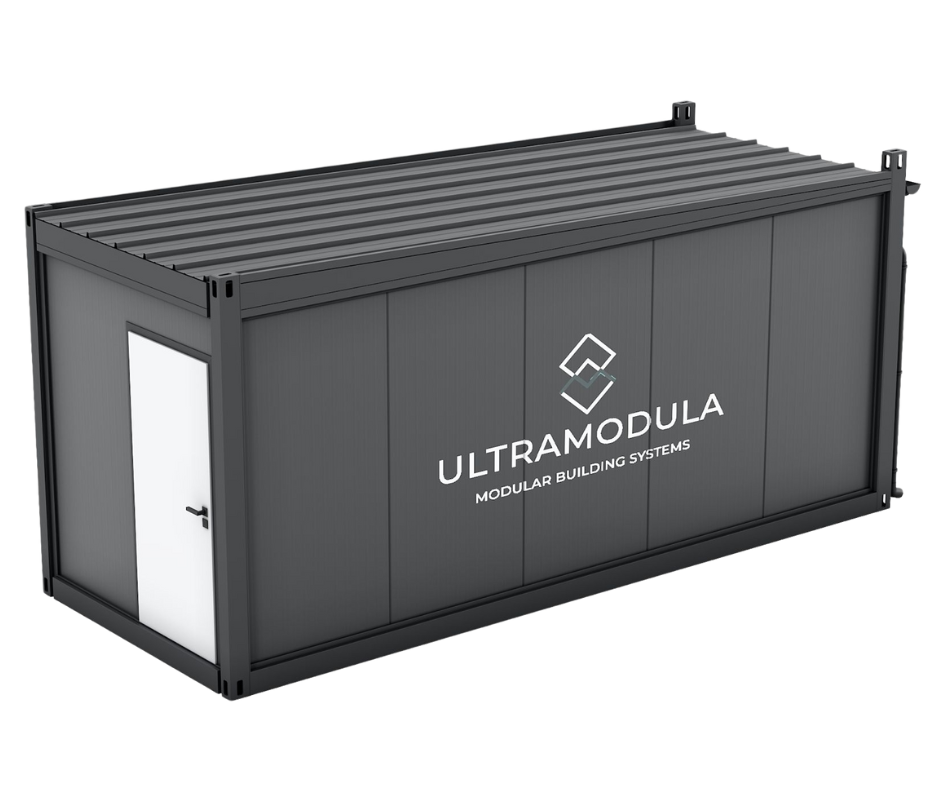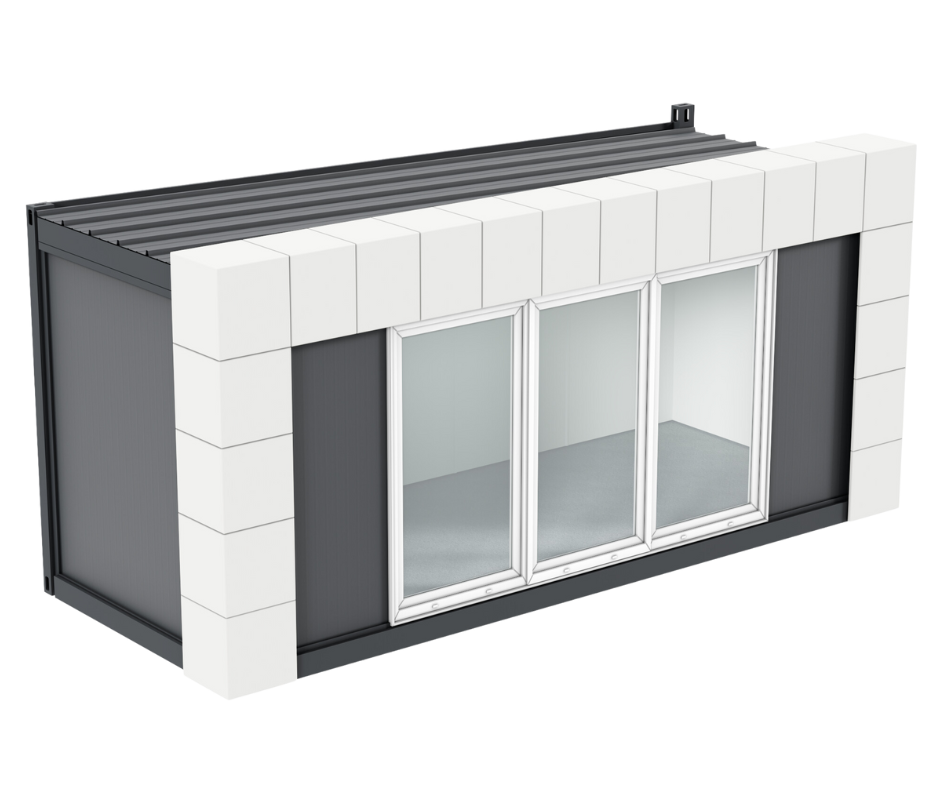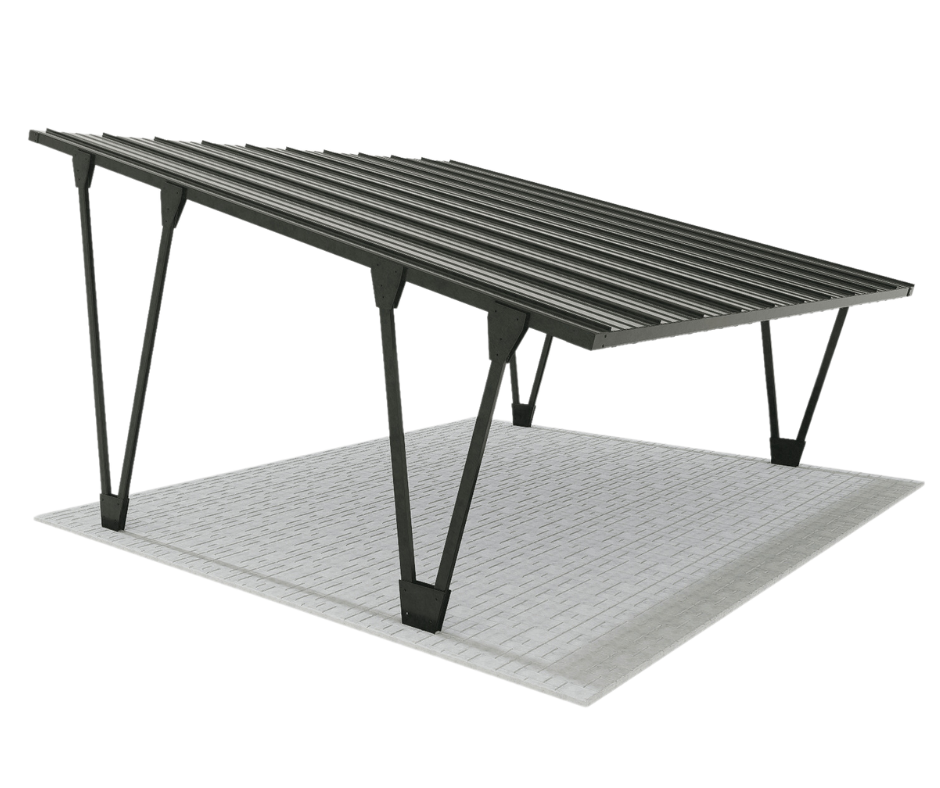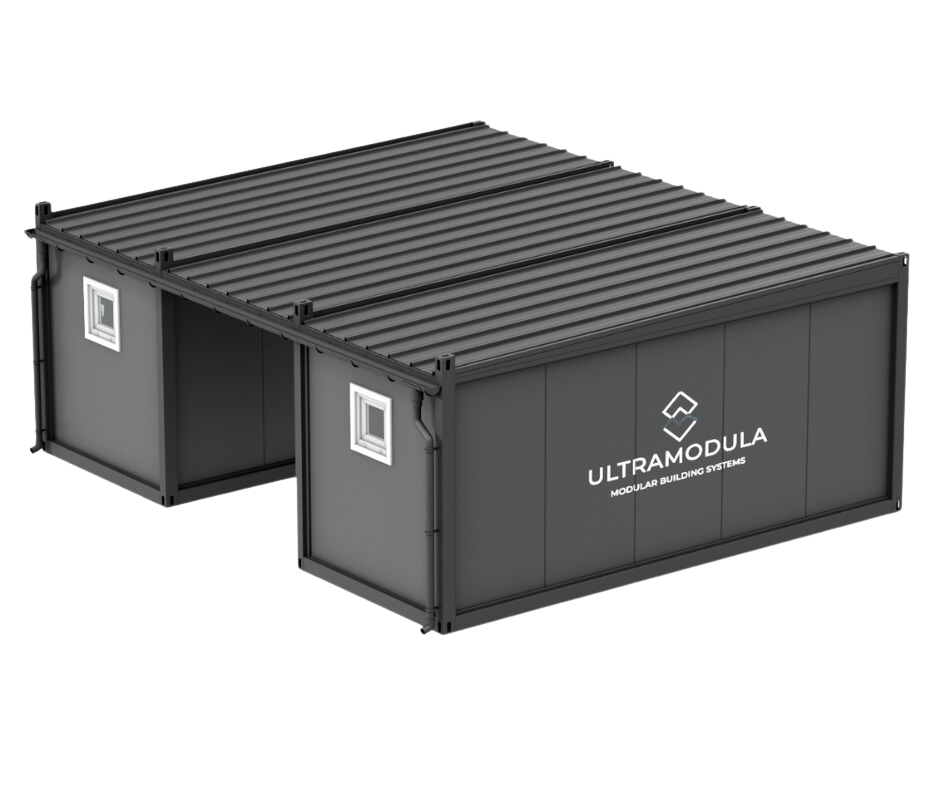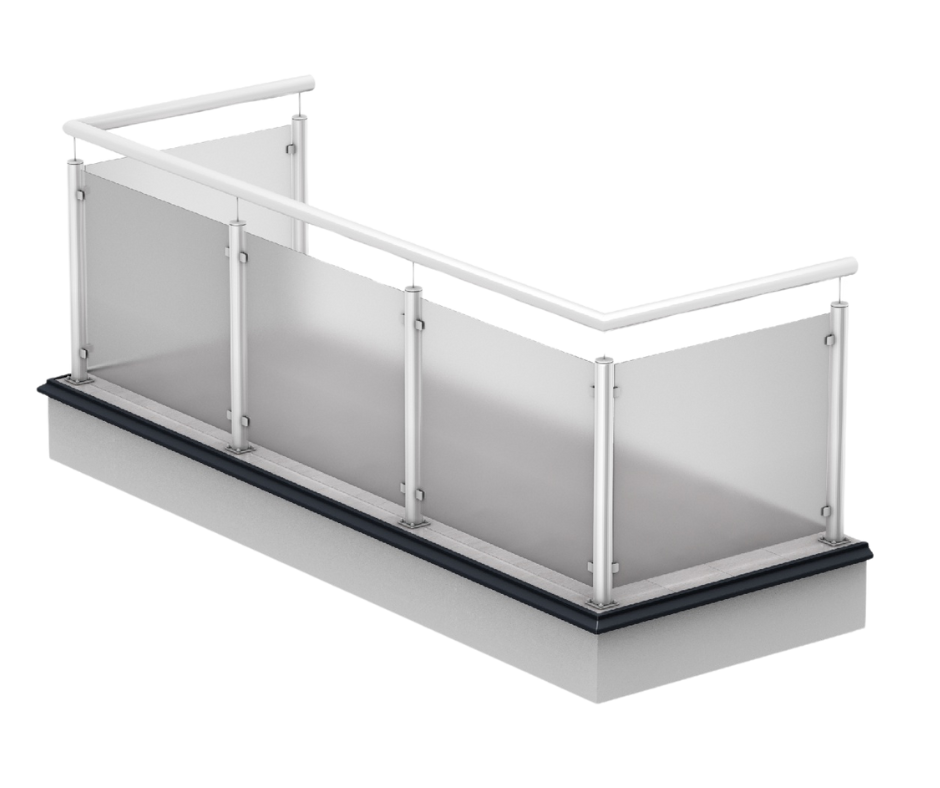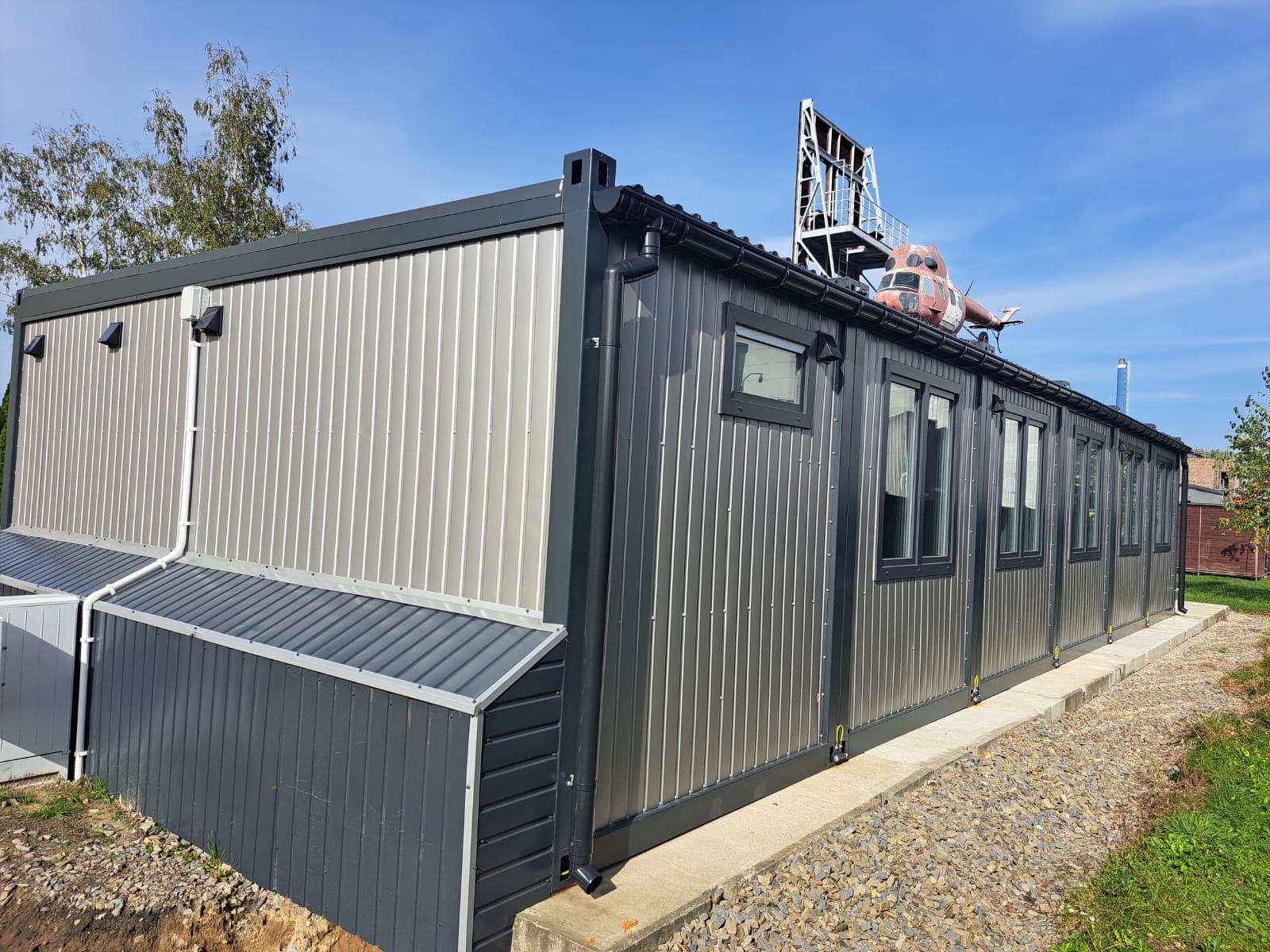
Containers sanitary and office | Ultramodule
Containers and modules are an innovative approach to construction that significantly speeds up processes construction and offers great flexibility in the design of service and residential spaces. However, the success of such projects does not depend only on the high quality of the projects themselves containers, but also on the proper selection of foundations. This is crucial for the durability and stability of such buildings, which in turn translates into... security its inhabitants or users.
Type of facility and selection of appropriate foundations for container and modular buildings
Each type building container and/ or modular has its own unique requirements that must be considered when designing foundations. Depending on the needs and purposes for which they will be used, the structure of the facility, and therefore the structure of the foundations, will be slightly different. When considering the type of building and its specific requirements, structural engineers must develop the design to ensure durability and stability.
Residential container buildings
buildings modular, which perform functions residential require better thermal and acoustic insulation than, for example, those intended for commercial purposes. This affects the structure of individual modules - the walls are thicker, the windows and doors are different, as well as the internal finishing. Residential buildings are also furnished differently and equipped with different installations, whether water, sewage or heating. All these factors influence the type of foundations that should be used. Foundation blocks are a popular solution, especially if they are used as domy temporary, because this type of foundation means that the building is not permanently attached to the ground.
Container offices
Office containers are different from other types of buildings container due to the more demanding nature of office work. Therefore, it is important to properly adapt the foundations to their specific needs. These types of buildings must accommodate many people in one place at the same time, computers, furniture office space and other equipment (such as air conditioning), which generates a significant point load on the ground. Therefore, concrete footings that are able to evenly distribute these loads, thus ensuring stability and uniform load-bearing capacity of the entire structure, are often the chosen solution in this case.
Service and commercial facilities
In the case of commercial or service containers, the key issue is to ensure convenience for both customers and suppliers. Depending on the specific business and customer requirements, foundations for commercial containers can take various forms. Many entrepreneurs choose post foundations that allow you to adjust the height container to ground level. It is important that the building is easily accessible to customers, which is especially important in the case of food stands or kiosks.

Sanitary and office containers | Ultramodula
Factors influencing the selection of appropriate foundations for container and modular buildings
Although erecting a container facility is much easier and faster than a building using traditional technology, it also requires analysis in terms of selecting appropriate foundations that will ensure the stability of the entire structure. The first and key step in selecting foundations is a thorough analysis of the soil and geological conditions on site construction. Different types of soil (e.g. sand, clay, gravel) and their load-bearing capacity can significantly affect the type of foundations that will be needed. If the ground is loose, more advanced foundations may be necessary, while on solid ground, more specialized construction equipment may be necessary. It is worth using the services of a geologist to thoroughly investigate these conditions. Care and accuracy in soil analysis are crucial to avoid subsequent problems with building subsidence.
Another important factor is taking into account the loads to which the building will be subjected. Foundations must be designed to withstand not only the weight of the building, but also wind and snow loads. In regions where heavy snowfall occurs, it may be necessary to use higher foundations to prevent structures from collapsing during the winter season. In turn, in areas exposed to particularly strong winds, it is necessary to take these impacts into account in the foundation design.
The intended use of the building is also an important variable influencing the choice of foundation type. If the building will be used as warehouse, the expected strength of the structure will differ from that necessary for a residential building. Live loads, such as heavy machinery in the production hall or stored goods, will have a significant impact on the type of foundations and their load-bearing capacity.
Regardless of all other factors, your budget as well as the availability of materials may limit your foundation choices. This decision has a direct impact on the costs of the entire construction, so it is important to find a balance between technical requirements and available financial resources.
Types of foundations for container and modular buildings
There are many types of foundations, each of which has its advantages and disadvantages - it is worth thoroughly understanding the different options available on the market to make the right choice and minimize the risk of potential problems in the future. Choosing a building containerized and/ or modular from a reputable manufacturer, you have the opportunity to consult with a construction expert, not only regarding the design of the facility itself, but also on issues such as foundations and other aspects related to construction.
Block foundation – why is it so popular?
The most common choice of foundations for container and modular buildings are foundation blocks. They have many advantages and are easily available, which is why they are recommended to investors.
One of the key advantages of this solution is the ability to adjust the building level. In the case of container facilities that consist of many modules, precise matching is extremely important. Block foundations allow for precise adjustment of the height of each module, which guarantees even and stable arrangement of the entire structure. Thanks to this, there are no problems with unevenness or curvatures that could affect the durability of the building in the long term.
Block foundations are also extremely practical if there is a need to dismantle and relocate a modular building. This is especially important in situations where plans change and the facility must be moved to another location. Thanks to their design and the ability to balance, block foundations can be relatively easily dismantled and moved, and then reused without significant difficulties.
As you know, the main task of foundations is to ensure stability. Block foundations are characterized by a large contact surface with the ground - their wide base distributes the weight of the building over a larger surface of the ground, which protects against subsidence and ensures the durability of the structure. This is especially important in the case of modular buildings such as, for example halo production or offices, which must be resistant to very heavy daily loads.
When is piling necessary and what are its types?
It is not always possible to use the simplest solutions, such as blocks. In situations where ground conditions are difficult and standard foundations are not durable enough, piling is the recommended option. It is necessary in areas where the ground is too soft to keep traditional foundations in a stable position. Engineers also recommend this solution when the building is exposed to intense dynamic loads, such as wind or seismic shocks. Piling provides additional stability.
Several types of piling can be used in container and modular construction:
- screw-type, which uses anchor bolts screwed into the ground to provide stability;
- baton sticks, which involve driving steel sticks into the ground with an impact hammer;
- hydraulic – this technique uses hydraulic pressure to drive piles into the ground.
A dynamic solution: anchor bolts
Anchor bolts are a less popular but equally effective solution that works great for container and modular buildings. They are particularly suitable for use in areas with soft ground where traditional foundations may fail. Importantly, their installation is relatively quick and simple, and at the same time they are not as invasive as traditional piling. Made of durable materials, anchor bolts are highly resistant to corrosion, which increases their durability.
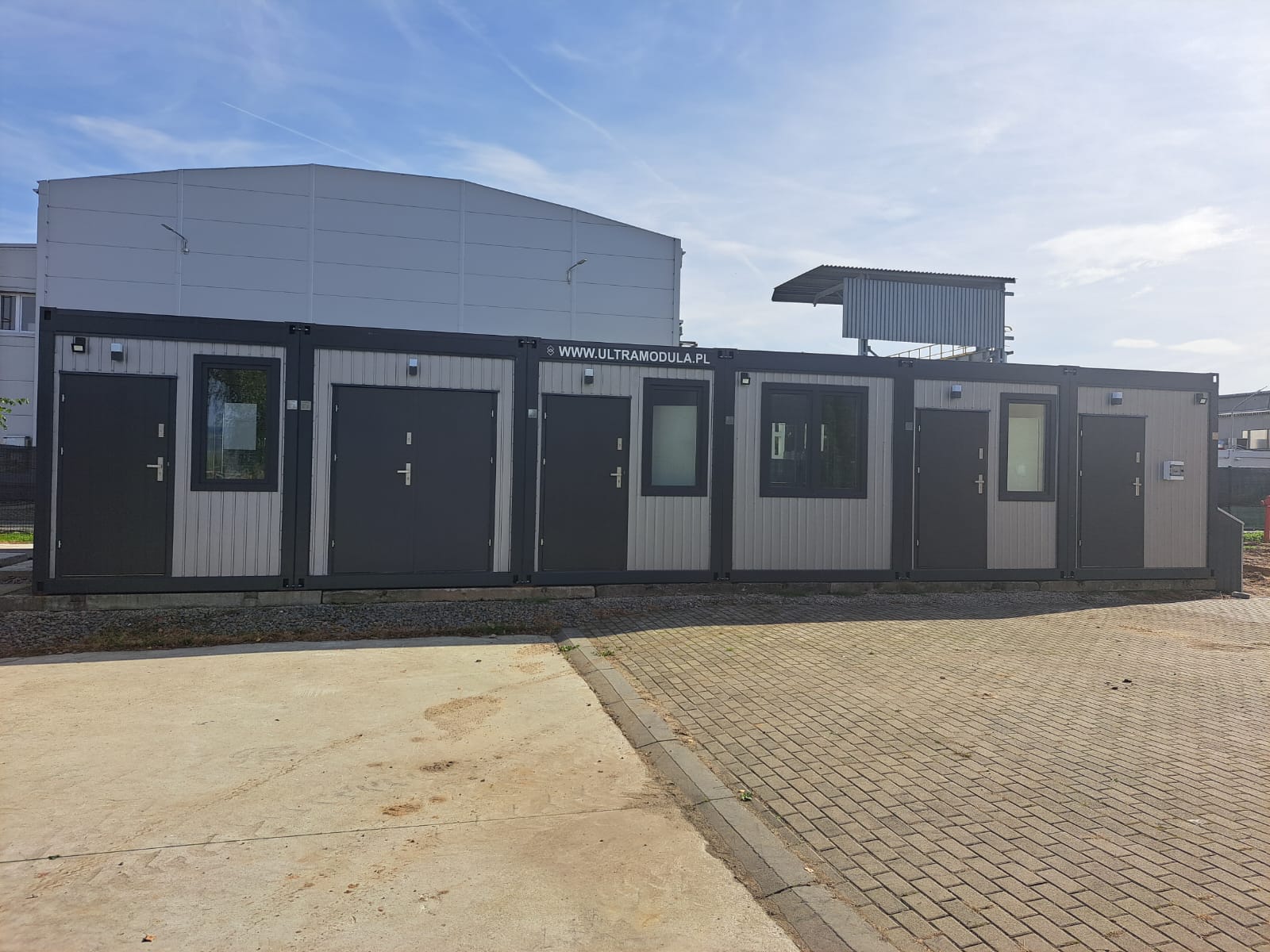
Sanitary and office containers
The process of designing foundations for container and modular buildings
Designing foundations for container and modular facilities is a process that requires cooperation with an experienced construction engineer, carrying out accurate calculations and structural analyzes and the use of modern digital technologies. This is the only way to ensure that the building will be stable and durable. Before starting the foundation design process, it is worth consulting a structural engineer who will conduct a thorough analysis of local conditions. This will allow you to determine the type and depth of foundations and the possible need to use additional solutions, such as piles or anchor bolts.
The next step is to carry out analyzes and construction calculations. This is to determine what loads will act on the foundations, taking into account both permanent and variable loads. It is also necessary to examine the properties of the soil under the building to determine its load-bearing capacity and geotechnical properties. All this together will allow you to design the appropriate depth and width of the foundations and match the construction materials.
Nowadays, technology plays a key role in foundation design - it is worth using it. Working using specialized 3D analysis and modeling software allows you to accurately predict the behavior of foundations in various conditions. Thanks to these tools, you can identify potential problems and optimize the design, which translates into savings in construction time and costs. Digital technologies also enable the creation of visualizations that make the project easier to understand for all interested parties, including clients, construction workers and building inspectors. This, in turn, contributes to increasing the efficiency of the construction process and minimizing the risk of errors.
Good foundations are essential
Choosing the right foundations is not only a key stage of any construction investment, but also a decision that has far-reaching consequences for the durability, safety and efficiency of the building. It is worth investing time and money in a thorough analysis and consultation with an experienced advisor to optimally select appropriate foundations for container and modular buildings depending on ground conditions, building loads and, of course, budget.

